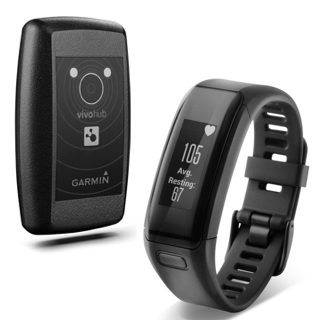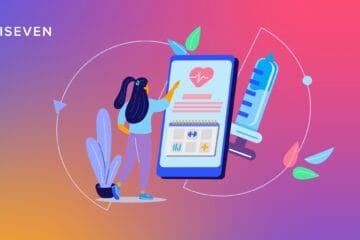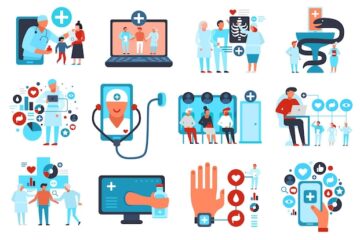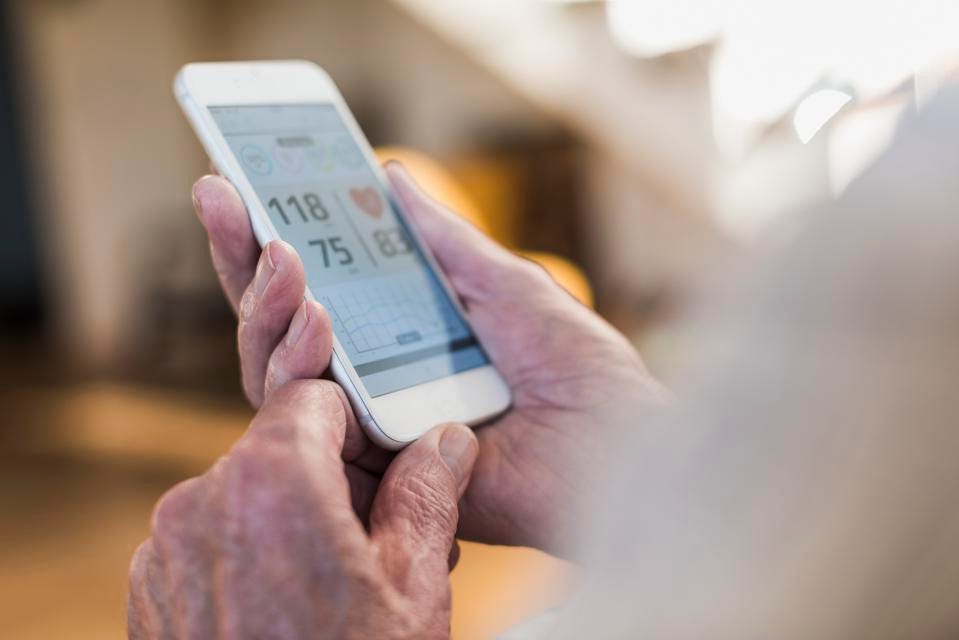
At the MobiHealthNews 2016 event in San Francisco remaining week, one panel dialogue on affected person-generated fitness facts came returned time and again to the idea of affected person-centricity and the importance of incorporating sufferers into the design of virtual health interventions.
“It’s surely not simply affected person-generated records, it’s patient–focused statistics, which means that the whole lot from the gathering of the information, to the glide of the data, to the insights that derive from that information, is all focused squarely at the affected person in their life looking to staywith their condition or trying to continue to be wholesome or live wholesome,” Dr. Greg Weidner, the director of primary care innovation and proactive fitness at Carolinas HealthCare machine, said. “It’sabsolutely about leveraging technology to decorate or extend the relationship humans have with their healthcare team. That’s how you get real engagement.”
Carolinas involves sufferers in the design and checking out of PGHD tasks through its center for Proactive fitness and design, a design lab inside the clinic facilitates Carolinas have innovation cycles that final weeks as opposed to months.
throughout the panel, which I moderated, Weidner changed into joined at the degree by using Validic’s CTO and co-founder Drew Schiller, Garmin’s manager for fitness and well being Allison Swelin, and Dignityhealth‘s Director of Strategic Innovation Sanjay Shah.
Getting a affected person-generated records project off the floor begins with enrollment, Shahmentioned, and enrollment is an area wherein it’s specially critical to now not simply design for theaffected person, however design to your unique patient populace. What works for millennials might notbe nice for an older population, for example.
Schiller gave one example of a singular enrollment approach that went after a totally specific patientpopulation, a look at released through Glooko where the target populace turned into teenage girls. The most effective way they might unlock their telephones turned into to take a glucose studying.
“At positive instances, you had to take a studying if you wanted to use your cellphone,” he defined. “So adherence in that trial turned into one hundred percent, because they desired to text their pals, theydesired to be on line. That’s an instance of ways you can design an intervention to have massiveengagement simply based at the utilization patterns of the humans you’re trying to work with.”
whilst it won’t be scalable to increase this to adults via keeping their smartphones hostage, Schiller statedthe take a look at indicates these kinds of interventions might work for children and young adults, if they help them build behavior that persist into maturity. Shah agreed.
“i’d put up that the use of a dependancy–primarily based method definitely leverages what drawshuman beings to cell generation inside the first location,” Shah stated. “how many parents get a buzz or a beep and they test their device to peer in the event that they were given a text message or a social media put up? the ones aren’t selections human beings make. the ones are tough–stressed,dependancy–based totally responses. Why would we no longer leverage that to create healthfulbehaviors? I assume that’s greater scalable than the ‘encourage and train‘ approach this is ourconventional way of getting humans make healthful conduct adjustments.”
On the alternative cease of the patient spectrum, panelists spoke approximately accommodating older populations which can be occasionally much less tech-savvy. for example, Swelin mentioned some ofthe functions that made Garmin popular with seniors: lengthy battery lifestyles, water resistance so it maybe worn inside the shower, and a long internal reminiscence so it is able to be utilized by suffererswho don’t have smartphones or aren’t capable of in any other case ship facts often to care companies.
affected person–centered layout is straightforward to speak about, but in actual life it may suggestletting go of features your innovation team is probably certainly attached to, if it seems they’re now notwhat the sufferers want or need.
“A trendy theme is the importance of simplicity,” Weidner said. “anything you observed is straightforward sufficient, take it down or three notches and then maybe it’ll be close. because what youactually need to do, whether or not you’re a device maker or you’re within the tech area building apps,we all want it to be so function–rich. We need to throw the whole lot we’ve got at the affected person.however what they’re telling us is ‘Your solution is not my hassle’. And so, maintain it easy. as opposed to deliver someone a field of foldable maps or atlases to get from point A to point B, supply them a toolwherein all they should do is press a button and now they’re GPS-style going step-by way of-step. So all they need to do is take step one.”




